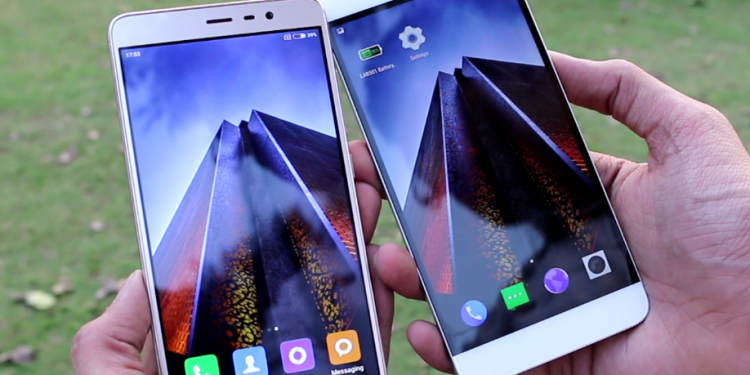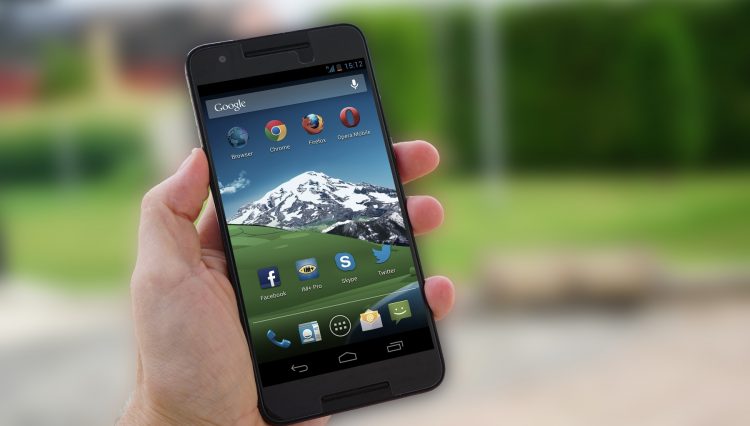We all love Redmi Note 3 and its extremely premium design. The device has been hitting the shelves successfully and is topping among the big guys in the entry-level category. Its sleek metal body, snappy processor, and big battery fits well together and makes a one of a kind package that revives smartphone experience in a completely different way.
But, nothing is perfect here, not even the sassy Redmi Note 3. The OS of the handset is buggy and difficult to handle for all of us. Xiaomi hardly pushes firmware updates which ultimately turns out to be a problem far worse than weak hardware.
However, Lenovo has unleashed a fix with its latest Vibe K5 Note. The latest beauty from the company targets the same segment where Redmi Note 3 is dominating but with a more promising software and hardware setup. It looks very neat and can certainly take a dig against Xiaomi’s success story.
But how these two differ? If Vibe K5 Note is good on the software side, Redmi Note 3 has strong internals. The two handsets are going head to head in terms of sales, and if there’s a way to mark a line between them, it has to be our review. So, here’s what we have on the latest Lenovo Vibe K5 Note and Xiaomi Redmi Note 3.
Design and Build Quality
With metal unibodies and very similar dimensions, Vibe K5 Note and Redmi Note 3 flaunt a unique design with fingerprint scanners on each of their backs. Both phones ship in Silver, Gray, and Gold and look stunning with from all angles. They have curved corners, but the back of Vibe K5 Note is slightly curvier than that of Redmi Note 3. It promises a firm grip and looks great even when you don’t get a clean peak at the handset.
Though not with curved sides, Redmi Note 3 also follows a great design strategy. The handset fits nicely in one hand and looks great on whole. Long story short, we can say, both phones pack a punch with their profound looks.
Viewing Experience
Both phones feature equally impressive vivid display panels. Redmi Note 3 packs a 5.5-inch full-HD IPS panel, so does Lenovo Vibe K5 Note. They both endow 400+ pixels per inch and make a great package with immaculate viewing angles and punchy colour tones. In real world, you may hardly find any difference between these two displays, but you should definitely keep in mind that the display of Vibe K5 Note is much cooler. It has nearly no bezels which adds up a lot for improving the overall look and feel of the device. Moreover, it is also worth noting that neither of the two includes Gorilla Glass 3/4 protection. Maybe a cost-cutting measure from Xiaomi and Lenovo!
Hardware
The processor equipped with Redmi Note 3 outperforms the one on Vibe K5 Note. Lenovo has compromised on the hardware front and has bundled its latest handset with an octa-core processor from MediaTek. The device pairs up with MediaTek Helio P10 running at 1.8GHz, Mali-T860 GPU, and 3/4GB RAM. It holds 16 gigs of inbuilt storage and handles multi-tasking nicely but performance plunges while handling hefty usage. Meaning, you cannot keep this handset for continuous gaming or long hours of web surfing.
Snapdragon 650 with a Xiaomi phone might not be the best offering, but it certainly can do the job for you. Redmi Note 3 pairs up this chipset with Adreno 510, 2/3 gigabytes of RAM and holds more than enough power to keep everything up and running. Gaming, web surfing, or seamless app switching, this handset looks good at everything. The 3GB model works very snappy, but 4 gigabytes of RAM on Vibe K5 Note could make up for its weak processor under the hood. The face-off is still head to head, but if you’re craving for enhanced performance, Redmi Note 3 is the way to go.
Camera Performance
The camera technology bundled with Redmi Note 3 is super-awesome. The dual-SIM based phone packs a 16-megapixel rear and a 5-megapixel front-facing shooter. The main camera sensor rests right above the fingerprint scanner and incorporates an aperture as wide as f/2.0 with PDAF, and dual-LED flash. It does not support 4k video capture, but can easily record 1080p content at 30 fps. Even the low-light performance of this handset is something really cool.
Coming to Vibe K5 Note, there’s hardly anything to get impressed about. 13-megapixels on the back with f/2.2 and PDAF while 8 on the front- this setup looks usual for any handset in this price bracket. Even the picture quality isn’t as good as many would have expected. Delays in focus, low shutter speed and in appropriate low-light performance, the camera of the handset is only good for day light photographers. It loses its worth in dull or artificial lighting conditions.
Software and OS
If there’s a downside in Redmi Note 3, it has to be its dull and buggy software. MIUI 7.0 with a slew of issues and dated Android is something we all hate. The heavily bloated device lacks a bunch of features that are available on Android Marshmallow and newer versions. Yes, you get options to customize your phone, but that’s not everything today. Effective memory management, native support for fingerprint scanning and a lot more things are needed for a complete smartphone experience.
Taking the best of this situation, Lenovo has released Vibe K5 Note with Android 6.0 Marshmallow. The latest iteration of Android allows you to deploy your external memory as primary storage for all your apps, files and music. It features a stock like interface and optimizes apps in background to retain depleting battery life.
Battery Life
The battery bundled with Vibe K5 Note is a little small, but you can expect more than one-day from both handsets. Redmi Note 3 has a 4000 mAh battery while K5 Note has 3,500 mAh battery. They both keep up with moderate as well as hefty usage and work really well for gamers and on-the-go users.
All of this makes Vibe K5 Note different from Redmi Note 3. The two handsets look similar on the spec-sheet as per 91mobiles, but that doesn’t mean any of them is weaker. They both promise slick smartphone experience deliver exactly the same no matter what.



